Cloaked in Tradition: The Story of the Cope
The cope, a liturgical vestment worn by clergy during various religious ceremonies, is a symbol of solemnity and celebration within many Christian traditions. Its origins trace back to the early Middle Ages, evolving from the ancient Roman cloak called a “cappa,” which means “cape.” This evolution from a practical garment to a ceremonial one mirrors the broader adaptation of everyday items for specific ecclesiastical purposes.
Evolution of the Cope
The term “cope” itself derives from the Latin word “cappa,” reflecting its cloak-like appearance. Initially, it was used for processions, vespers, and other non-Eucharistic services within the Western Church. Its design, a semi-circular cloak open in the front and fastened at the chest, allows for ease of movement while enveloping the wearer in rich fabric, often adorned with significant Christian symbols and imagery.
Historically, the cope began to gain prominence around the 8th to 9th centuries as liturgical practices became more formalized. Its use and decoration have evolved, reflecting theological, cultural, and artistic shifts within the church. Despite these changes, the cope has remained a garment of distinction and reverence.
The Cope Across Christian Denominations
Today, a wide spectrum of Christian denominations, including Roman Catholic, Anglican, Lutheran, and some Methodist traditions, utilize the cope. Its usage varies but is predominantly visible during liturgical celebrations outside of the Mass, such as Benediction, processions, and weddings, symbolizing the wearer’s role in leading worship and service.
The design and ornamentation of the cope have also evolved. From simple, functional cloaks to elaborate garments featuring brocades, embroidery, and symbolic motifs, the cope signifies the church’s history, theology, and artistic heritage. This evolution reflects a deepening understanding of the cope’s role in worship — not just as a garment, but as a visual testament to the faith’s richness and depth.
In modern times, the cope serves as a reminder of the church’s continuity with its past and ongoing journey of faith. It stands as a symbol of the church’s universal nature, embracing a diversity of practices and expressions of worship while maintaining a connection to the tradition and solemnity of Christian liturgy.
Thank you for exploring the history and significance of the cope in this blog. The cope is more than just a garment; it symbolizes the church’s rich traditions and the continuity of faith across centuries. Through this content, you’ll better appreciate the cope’s role in worship and how it connects us to the past while enriching our present-day liturgical practices.
Soli Deo Gloria
Be sure to visit our online store front Ecclesiastical Sewing where you may shop for Liturgical Fabrics, altar linen fabrics, church vestment-making patterns, liturgical machine embroidery designs, church vestment trims and notions and so much more. You may also find us on Ecclesiastical Sewing on Facebook, Twitter, and Pinterest. Sign up for our mailing list at the bottom of the page on our online store front and receive a free copy of our Small Linens Booklet as our way of saying thank you for following along.
To inquire about creating a bespoke cope tailored specifically for your church, feel welcome to contact us.
Finding Our Place in the Quiet Story Behind Church Pews

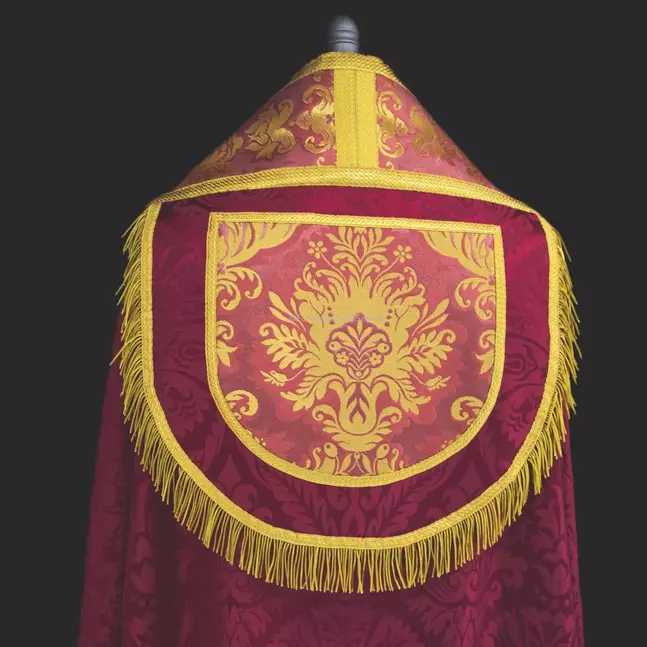
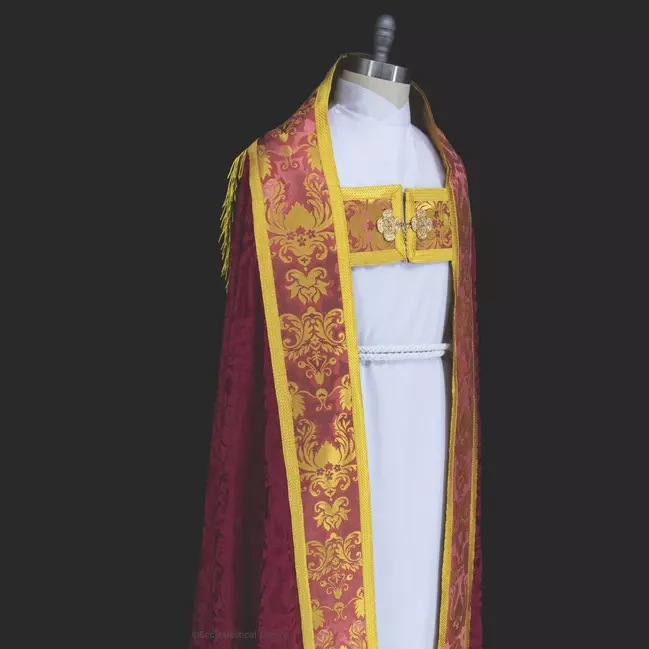

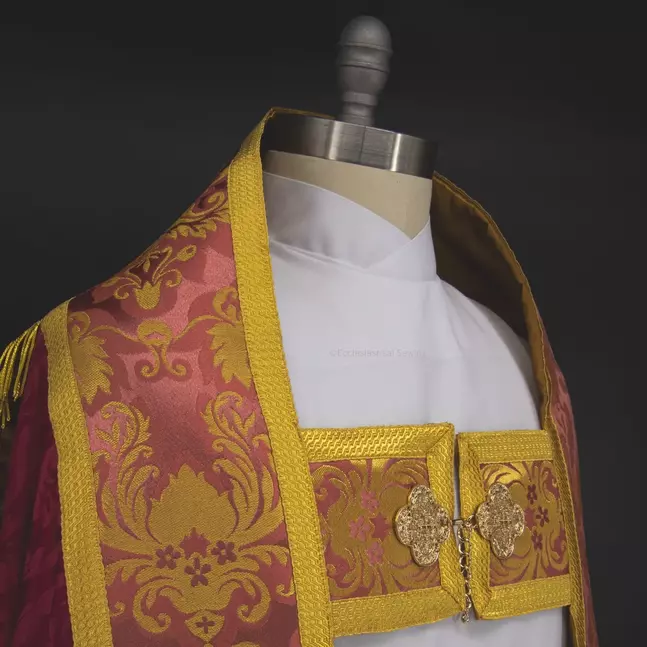
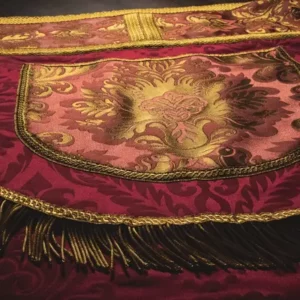
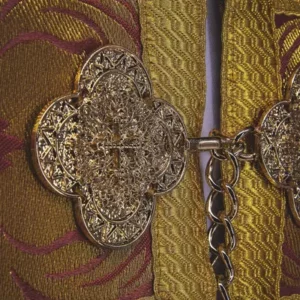
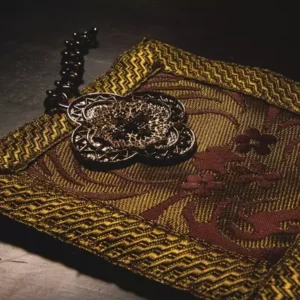

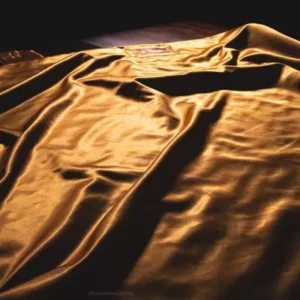
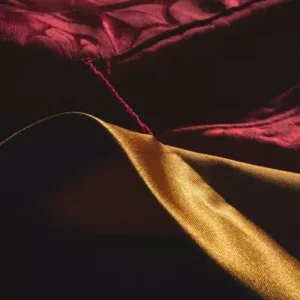





 RSS - Posts
RSS - Posts
You must be logged in to post a comment.